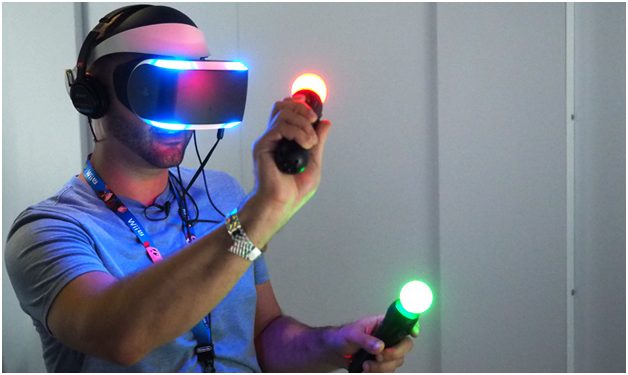Microsoft Corporation MSFT announced new opportunities for its global partners to pursue innovation on its Windows 10 operating system at the Windows Hardware Engineering Community event in Shenzhen, China. Together with Microsoft, technology bigwigs Intel Corporation INTC and Qualcomm Inc QCOM demonstrated innovative ways through which partners will be able to build modern devices so as to empower the creators of the next generation.
At the top of the list is Project Evo, collaboration with Intel designed at developing the next generation of PCs focused on mixed reality, gaming, AI and security. The whole project is still in the early stages, so there’s not much in the way of details, though the list of features includes the addition of far-field communications aimed at extending the range of Microsoft’s Siri/Alexa competitor, Cortana.
The objective of the collaboration will be to develop the next generation of modern PCs that are secure and support mixed-reality for enhanced gaming and mobile experiences.
Given the sluggish outlook for PCs, Microsoft’s decision to make the PC better may look a bit out of place. However, its collaboration with technology behemoths Intel and Qualcomm to bring in innovative security features, making the PC compatible with mixed reality for an enhanced gaming experience along with ingenuous technologies such as the HoloLens and voice-controlled search agent Cortana may help to revive PC demand in the future.

Moreover, we note that, Microsoft’s decision to build a Windows 10 operating system that is compatible with laptops powered by Qualcomm chips could help it to gain market share in the mobile computing space that is currently being dominated by Intel.
It is as obvious as a universal truth that by combining analog, two-dimensional ways of working with new mixed–reality experiences, we can transform our ability to communicate, collaborate and create. The challenge for businesses will not be to provide a more immersive experience, but a more valuable experience.




